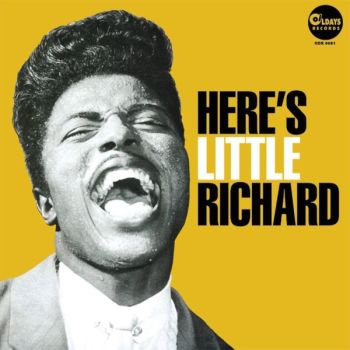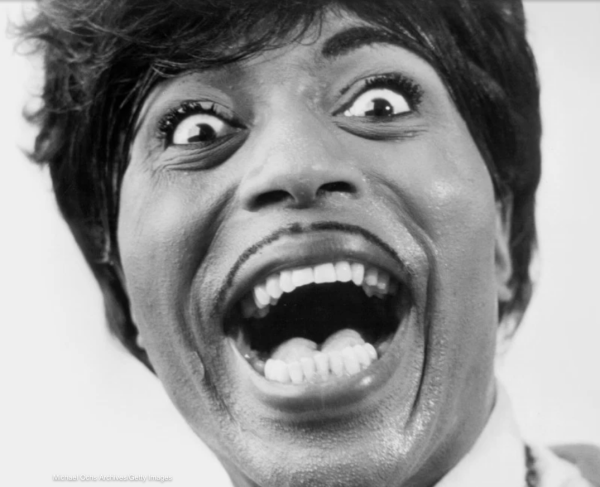NEW YORK TIMES: Richard Penniman, better known as Little Richard, who combined the sacred shouts of the black church and the profane sounds of the blues to create some of the world’s first and most influential rock ’n’ roll records, died on Saturday in Tullahoma, Tenn. He was 87. His lawyer, Bill Sobel, said the cause was bone cancer.
Little Richard did not invent rock ’n’ roll. Other musicians had already been mining a similar vein by the time he recorded his first hit, “Tutti Frutti” — a raucous song about sex, its lyrics cleaned up but its meaning hard to miss — in a New Orleans recording studio in September 1955. Chuck Berry and Fats Domino had reached the pop Top 10, Bo Diddley had topped the rhythm-and-blues charts, and Elvis Presley had been making records for a year.
But Little Richard, delving deeply into the wellsprings of gospel music and the blues, pounding the piano furiously and screaming as if for his very life, raised the energy level several notches and created something not quite like any music that had been heard before — something new, thrilling and more than a little dangerous. As the rock historian Richie Unterberger put it, “He was crucial in upping the voltage from high-powered R&B into the similar, yet different, guise of rock ’n’ roll.”  MORE
MORE
ROLLING STONE: He was, above all, a king in an America that wanted to define him as anything else, that wanted to deny him not just his crown, but his humanity. And so, again and again, he spelled it out: He was beautiful, the Georgia Peach, the Emancipator of Soul, the architect of it all, the originator, the King of the Blues, and later, the King of Rock & Roll. And, he sometimes added, the Queen as well.
This was not, strictly speaking, the truth. (Nor was he the only African American hero to elevate braggadocious rhyming into an art form — or as a sideman put it on a 1967 live album, “C’mon, Cassius Clay.”) But almost every time he ran his mouth — which was almost all the time — it was a mix of entertainment, revelation, and political speech. He proclaimed himself the king in the same way as he proclaimed his beauty: to rebalance a system that stole from him, time and again. A system that had proclaimed white men the kings of black art forms: Paul Whiteman the King of Jazz, Benny Goodman the King of Swing, Elvis Presley the King of Rock & Roll.
Perhaps no one can claim to truly be the originator of a sound that came from so many places — from so many hands and hearts — at once. But the startling power of Little Richard’s art resulted from a combination of risks, innovations, and signifiers that was as unprecedented as it was dazzling. The makeup, the eyeliner, the hair. The winking references (if celebrating a woman named Miss Molly who sure liked to ball can be said to be a wink). The pounding beat. Did he really look that way, say those things, sound like that?
In 1955, at a time when Elvis had only recently started recording with drums, Little Richard’s music pushed rhythm over melody. It was louder and faster than anything around it, and everything but his voice functioned as a drum — though as he established from the opening “a wop bop a loo bop a wop bam boom” of “Tutti Frutti,” his voice could deliver the gospel of the beat as well. “A wop bop a loo bop a wop bam boom” was a freedom cry, a doctrine of liberation that made Little Richard the first rock star, as R. Meltzer would later say of Bob Dylan, “to free man by rescuing him from meaning, rather than free man through meaning.” MORE
Live in France, 1966.

